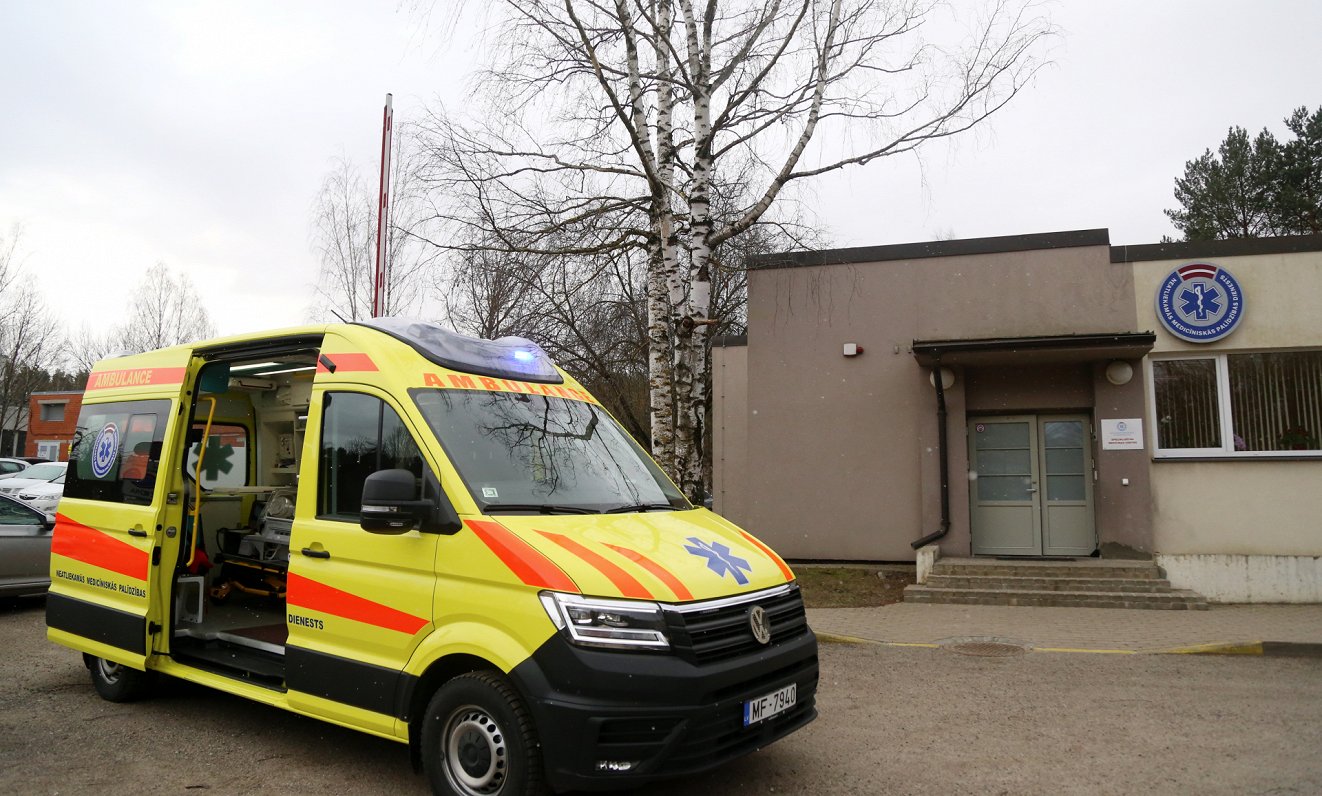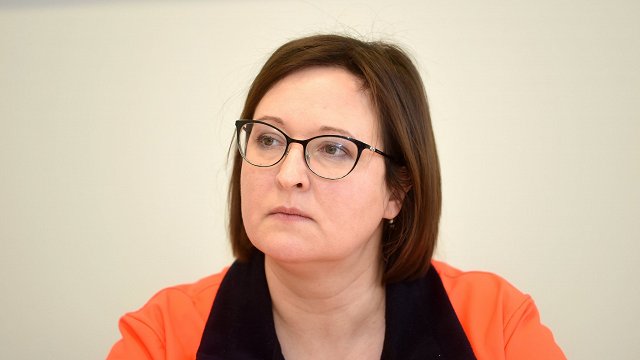“We continually adjust both algorithms and different conditions in the service, changing hospitalization routes and continuously informing brigades,” said Liene Cipule, head of NMPD, adding that it is huge work. In addition, not only do patients need to be brought to hospitals but also transferred from one hospital to another in order to free up beds for more complex or sevre cases. However, at Rīga East Hospital (RAKUS), where patients in a more severe condition are treated, these options are also limited.
Haralds Plaudis, director of RAKUS medical treatment department, said: “The number of these patients has increased across the country and it is also increasingly difficult for regional hospitals and other hospitals to take over these patients. Consequently, this situation is complicated at the moment.”
Jēkabpils Hospital representative Renārs Putniņš said that patients are brought from farther places than usual. The influx of patients is much higher, while the number of medics is the same. And medics also get ill.
In addition, hospitals also have the task of maintaining 15% of beds empty at the expense of other departments, so the emergency service says there is a need for a more rigorous assessment which patient should be hospitalized and which should not.
Cipule said that this task creates a lot of tension for medics.
“We've been sorting patients for about two months now, I think, from the moment we started building this bed reserve. But it should also be noted that those who have to go to the hospital will get there,” Cipule said.
The Ministry of Health said that, in any case, the main problem is not the space or number of beds.
Sanita Janka, head of the Health Ministry's Health Quality department, said that the biggest problem at the moment is lack of medics.
“And that is why I call again for observing safety measures, because it is also important for us not to infect our medical practitioners outside the hospital. How much we will be able to provide healthcare depends on this,” she said.
Whether the Ministry of Health really did everything possible in terms of human resources shortages had to be assessed by the Saeima in the Social and Labour Affairs Commission, where the former Minister for Health, Anda Čakša, was particularly critical. She pointed out that there is “lack of real action in thinking about new ways of organizing patient flows, and “what is put into the report is not real-life action”.
In Čakša's view, it should be considered, for example, that large hospitals are focusing only on COVID-19 patients, while other assistance is provided by hospitals with no COVID-19 patients. However, hospitals themselves question this option, because not all kinds of facilities can simply be taken over.
Last week, it was decided to announce a state of emergency in Latvia's healthcare system, which formally allows hospitals to reorganize work freely. Starting December 14, smaller hospitals will also take in COVID-19 patients.





























